Discover the World’s Strongest Dog Breeds of All Time
When we talk about the “strongest” dog breeds, strength isn’t just about muscle mass, it’s a combination of raw power, bite force, endurance, and mental tenacity. From ancient guardians bred to battle predators to modern working dogs that pull sleds or protect property, these breeds embody unparalleled physical and psychological fortitude. In this guide, we’ll explore the world’s most strongest dog breeds, their unique capabilities, and what makes them true titans of the canine kingdom.
Defining Strength in Dogs: More Than Just Muscle
Strength in dogs can be measured in several ways:
- Bite Force (PSI): The pressure exerted by a dog’s jaws (e.g., Kangal: 743 PSI).
- Working Ability: Endurance for tasks like pulling sleds or herding livestock.
- Muscle Mass: Lean, dense musculature for power and agility.
- Mental Resilience: Courage, focus, and determination in high-stress situations.
Top 15 Strongest Dog Breeds in the World
Discover the world’s most strongest dog breeds that dominate in power, bite force, and sheer determination.
1. Kangal
- Origin: Turkey
- Bite Force: 743 PSI (highest recorded).
- Role: Livestock guardian against wolves and bears.
- Traits: Calm, loyal, and fiercely protective. Not aggressive unless provoked.
- Weight: 110–145 lbs (50–66 kg).
2. Cane Corso
- Origin: Italy
- Bite Force: 700 PSI.
- Role: Roman war dogs; modern guardians and hunters.
- Traits: Intelligent, assertive, and agile. Requires experienced handling.
- Weight: 90–120 lbs (40–54 kg).
3. English Mastiff
- Origin: England
- Bite Force: 556 PSI.
- Role: Historic battlefield dogs; gentle family protectors.
- Traits: Massive size (up to 230 lbs / 104 kg), calm demeanor, and loyal.
4. Rottweiler
- Origin: Germany
- Bite Force: 328 PSI.
- Role: Cattle drivers, police/military work.
- Traits: Confident, courageous, and highly trainable. Needs socialization.
5. Siberian Husky
- Origin: Siberia
- Bite Force: 320 PSI.
- Role: Sled-pulling endurance athletes.
- Traits: High energy, pack-oriented, and thrives in cold climates.
6. Dogo Argentino
- Origin: Argentina
- Bite Force: 500 PSI.
- Role: Big-game hunting (boars, pumas).
- Traits: Muscular, fearless, and loyal. Banned in some countries due to power.
7. American Bulldog
- Origin: USA
- Bite Force: 305 PSI.
- Role: Farm guardians, hog catchers.
- Traits: Athletic, affectionate with families, and stubborn.
8. Tosa Inu
- Origin: Japan
- Bite Force: 556 PSI.
- Role: Historic fighting dogs; now rare guardians.
- Traits: Quiet, dignified, and dominant. Requires strict training.
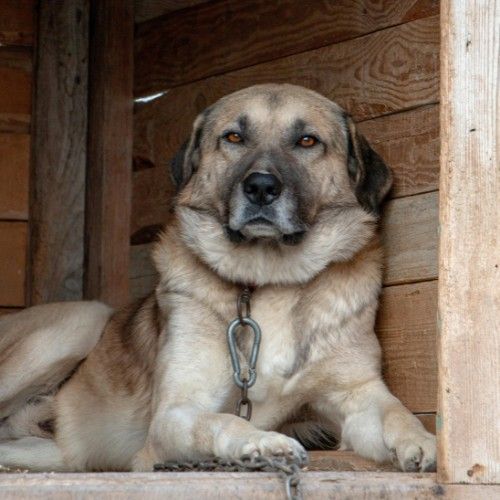

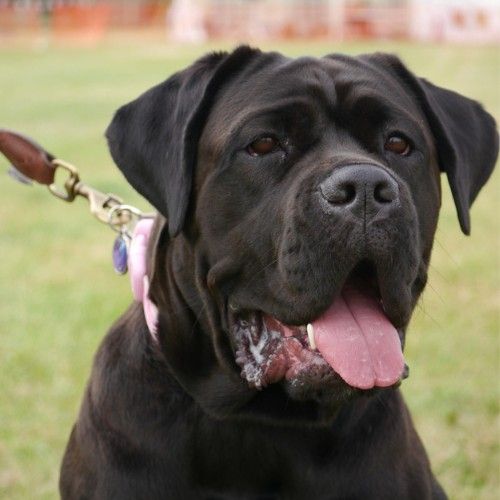
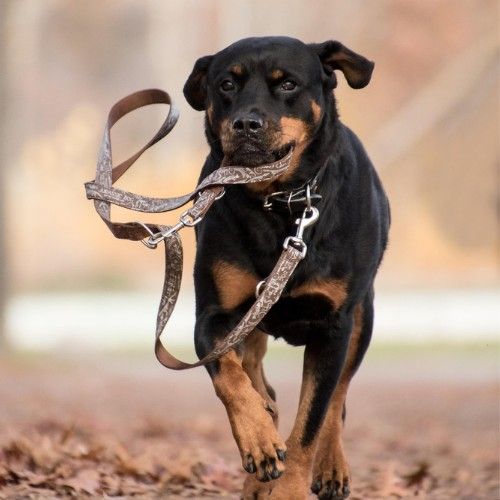
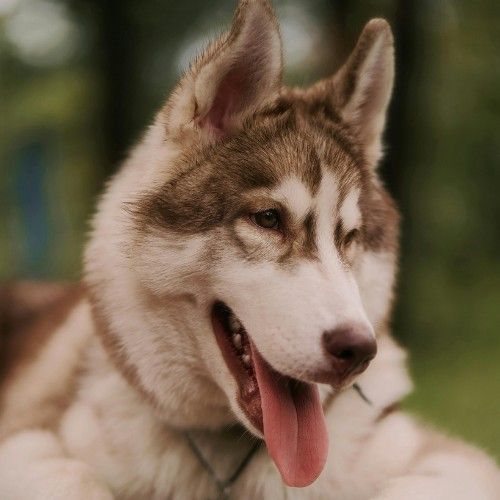
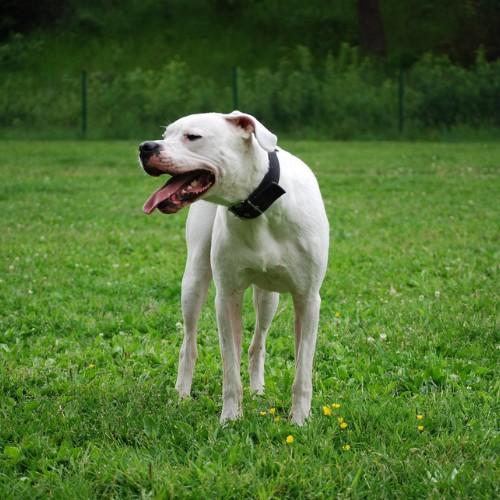

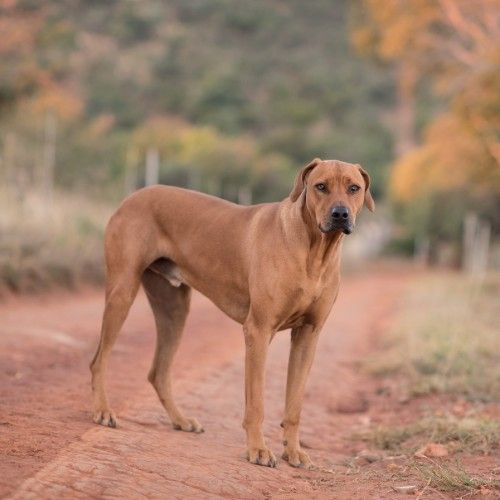
9. Alabai (Central Asian Shepherd)
- Origin: Central Asia
- Bite Force: 500–700 PSI (estimated).
- Role: Protects livestock from wolves and snow leopards.
- Traits: Independent, territorial, and built for extreme climates.
10. Belgian Malinois
- Origin: Belgium
- Bite Force: 195 PSI.
- Role: Military, police, and search-and-rescue.
- Traits: Agile, driven, and tireless. Not for novice owners.
11. Dogue de Bordeaux
- Origin: France
- Bite Force: 556 PSI.
- Role: Guarding estates and hunting large game.
- Traits: Massive head, loyal, and calm but stubborn.
12. Wolfdog Hybrids
- Origin: Varies
- Bite Force: 400+ PSI (varies by wolf content).
- Role: Not recommended as pets; high prey drive and wild instincts.
- Traits: Unpredictable, require vast space, and expert care.
13. Boerboel
- Origin: South Africa
- Bite Force: 450 PSI.
- Role: Farm guardians against lions and leopards.
- Traits: Confident, family-oriented, and dominant.
14. Saint Bernard
- Origin: Switzerland
- Bite Force: 220 PSI.
- Role: Alpine rescue dogs with legendary strength.
- Traits: Gentle giants, excellent with kids, and cold-weather specialists.
15. Bullmastiff
- Origin: England
- Bite Force: 556 PSI.
- Role: Gamekeeper’s night patrol dogs.
- Traits: Powerful, quiet, and protective. Natural deterrents.
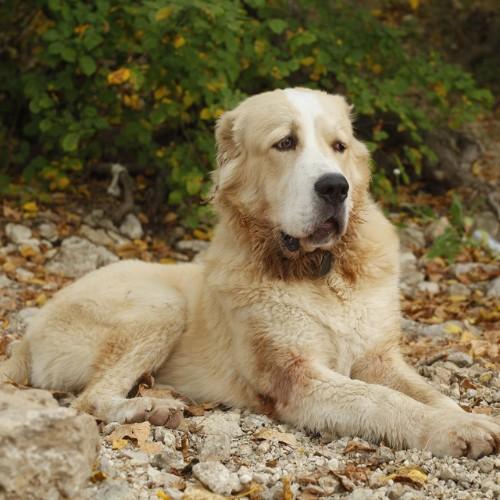
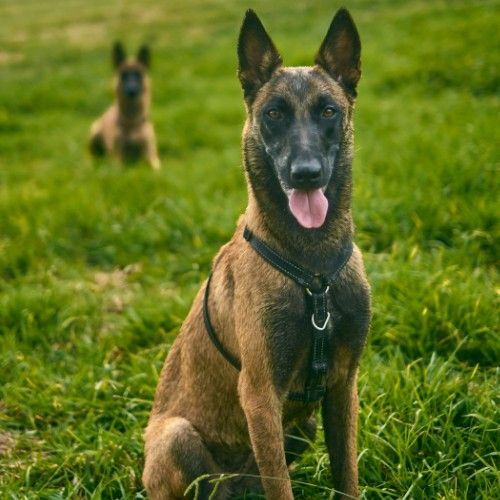



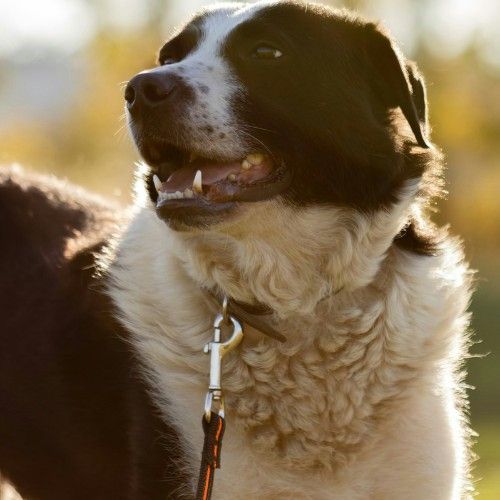
What Makes These Breeds So Strong?
- Genetics: Centuries of selective breeding for specific tasks (guarding, hunting, pulling).
- Muscle Fiber Type: High percentage of fast-twitch muscles for explosive power.
- Bone Density: Thick bones to support massive muscle mass.
- Instincts: Innate drives to protect, hunt, or work tirelessly.
Training and Handling Strong Dog Breeds
Ownership of these breeds demands responsibility:
- Early Socialization: Expose puppies to diverse environments, people, and animals.
- Obedience Training: Use positive reinforcement to establish leadership. Avoid punitive methods.
- Exercise Needs: Minimum 1–2 hours daily (e.g., running, agility, weighted pulls).
- Mental Stimulation: Puzzle toys, scent work, or advanced training to prevent boredom.
Health Considerations for Powerful Breeds
- Hip/Elbow Dysplasia: Common in large breeds; opt for OFA-certified parents.
- Bloat (GDV): Life-threatening stomach torsion; feed smaller meals and avoid post-exercise eating.
- Heart Issues: Common in Mastiffs and Dogue de Bordeaux; regular vet checks.
- Joint Supplements: Glucosamine and chondroitin for breeds over 80 lbs.
Ethical Ownership: Are Strong Breeds Right for You?
- Space Requirements: Most need large yards; urban settings may stress territorial breeds.
- Legal Restrictions: Check local laws (e.g., bans on Wolfdogs, Tosa Inu, or Dogo Argentino).
- Insurance Challenges: Some breeds raise home insurance premiums or are excluded.
- Adoption vs. Breeders: Rescue groups like Mastiff Rescue Network specialize in rehoming powerful breeds.
Debunking Myths About Strong Dogs
- Myth: “Strong dogs are inherently aggressive.”
Truth: Temperament depends on breeding, training, and socialization. Well-raised Kangals or Rottweilers are stable and loyal. - Myth: “A strong bite force equals danger.”
Truth: Bite force alone doesn’t predict aggression (e.g., Kangals are gentle with families).
Final Thoughts
The world’s strongest dog breeds are awe-inspiring examples of nature’s power and human ingenuity. Whether guarding flocks in the Turkish highlands or rescuing avalanche victims in the Alps, these dogs remind us that true strength lies in purpose, resilience, and loyalty. Prospective owners must respect their needs, commit to training, and prioritize ethical breeding to ensure these magnificent animals thrive.
Frequently Asked Questions (FAQs)
Q1.What dog has the strongest bite force?
The Kangal (743 PSI), followed by the Bandog (730 PSI) and Cane Corso (700 PSI).
Q2. Can strong breeds live in apartments?
Not ideal. Breeds like Mastiffs or Bullmastiffs need space. Exceptions: Bulldogs (with ample exercise).
Q3. Are these breeds good with children?
Many are (e.g., Saint Bernard, Bullmastiff), but supervision and training are crucial.
Q4. How do I manage a powerful dog’s strength on walks?
Use a no-pull harness, train “heel” commands, and practice leash discipline early.
Q5. What’s the lifespan of giant, strong breeds?
Often shorter (6–10 years) due to size-related health issues.
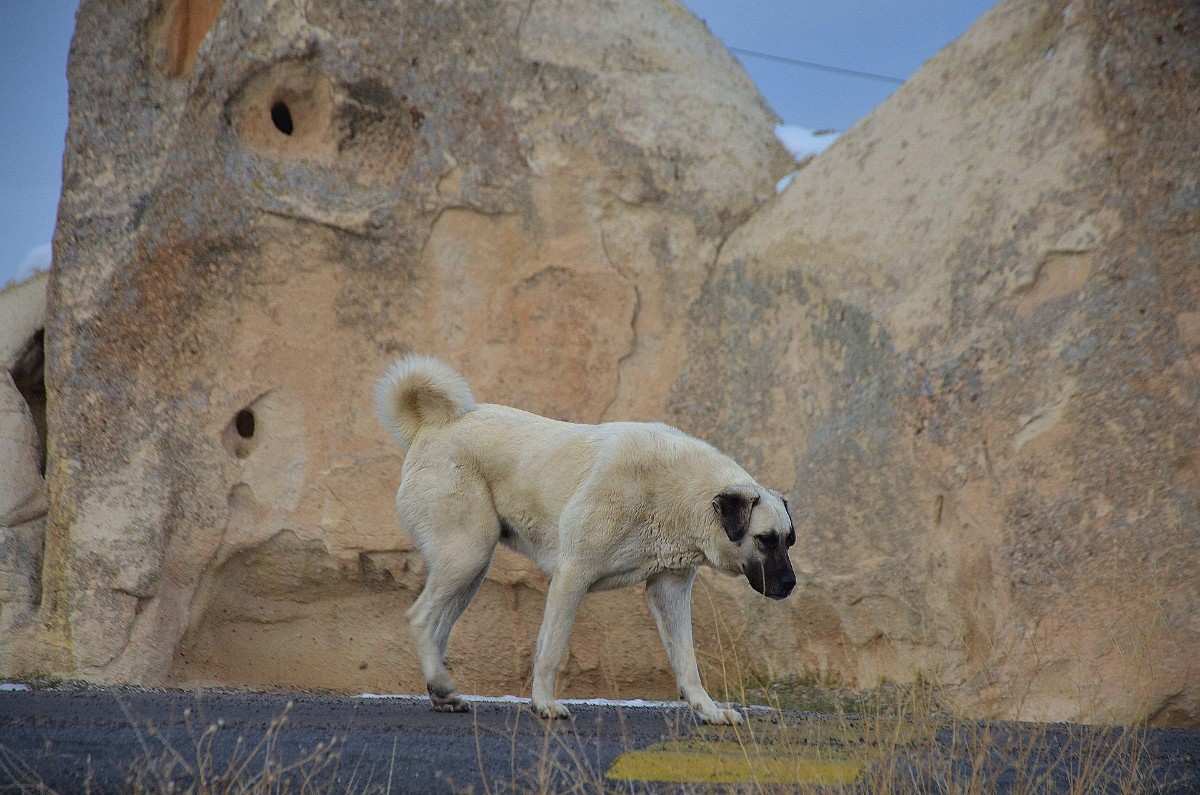
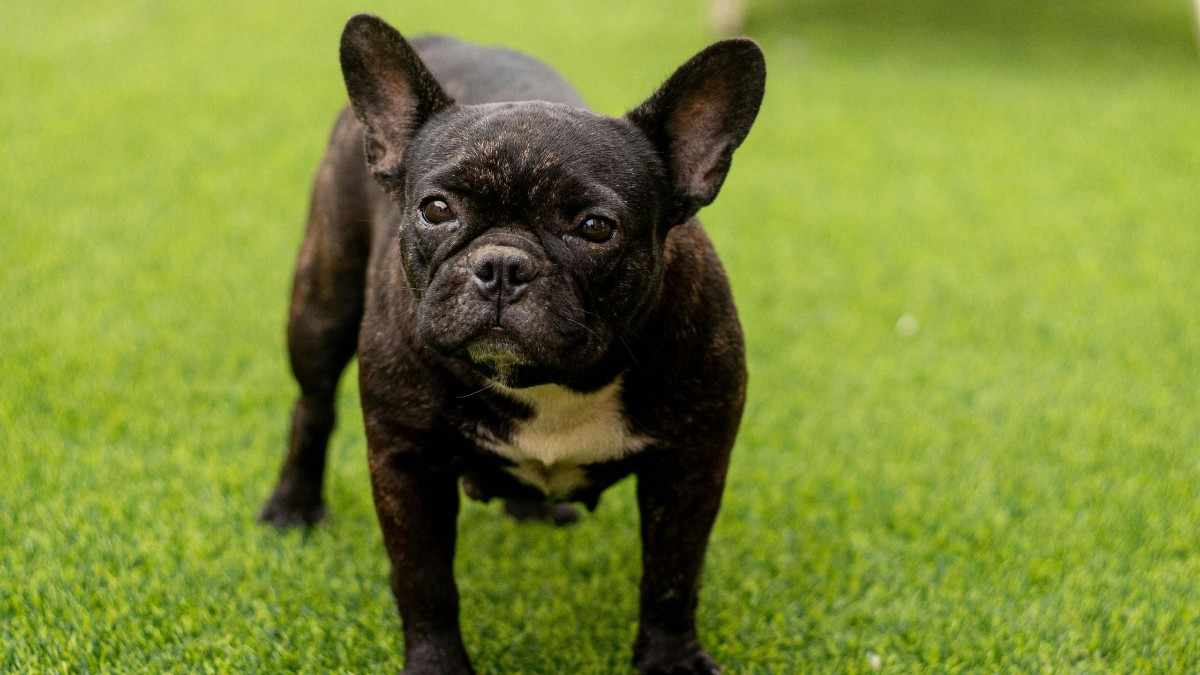
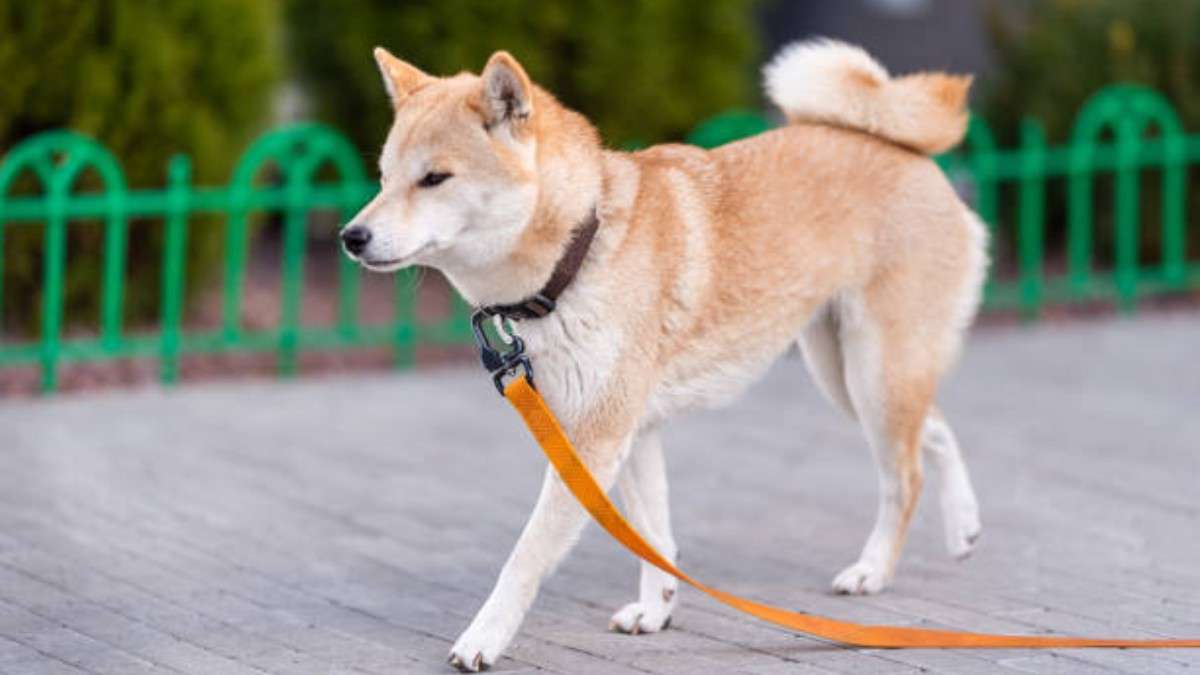
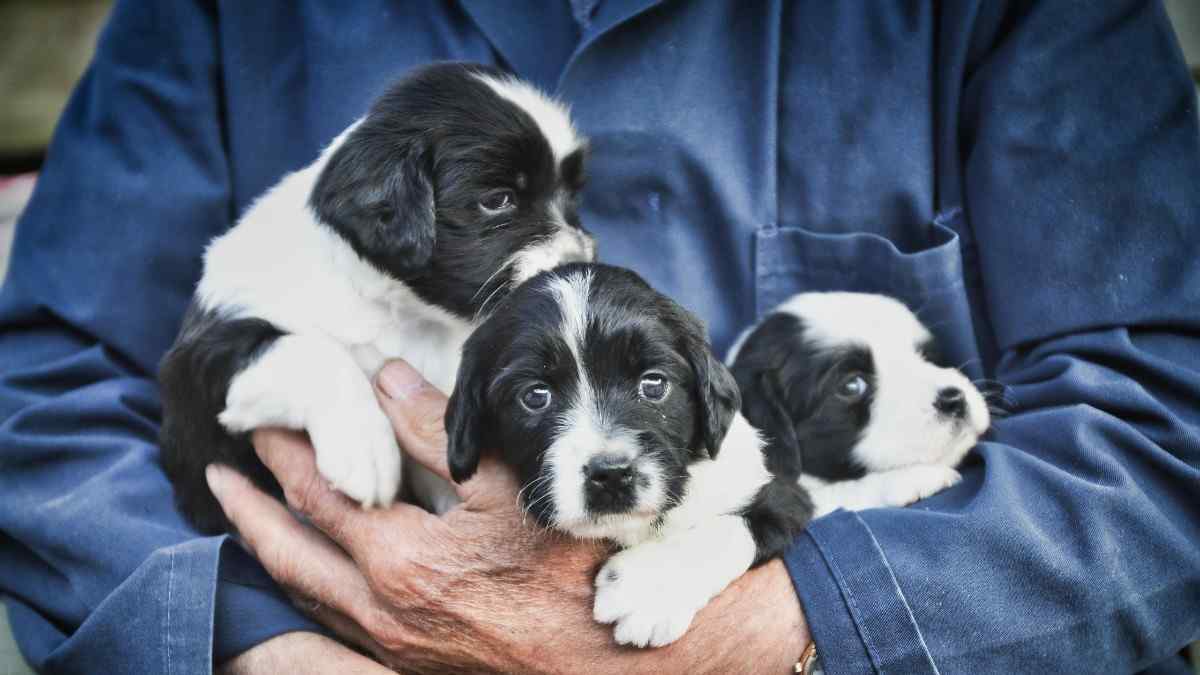
Post Comment